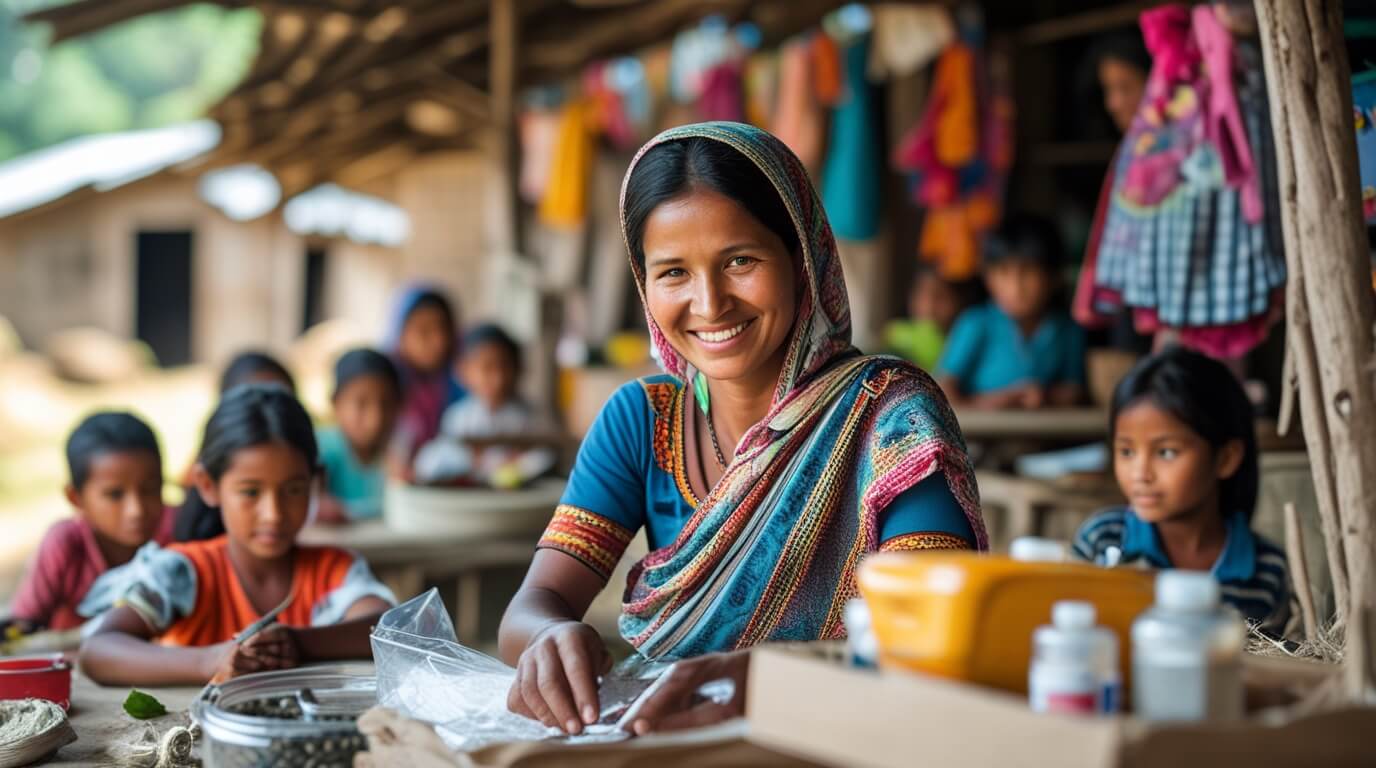August 21, 2025

Microfinance is more than just a banking alternative—it's a powerful tool for social transformation, giving low-income individuals the means to become financially independent. In regions where traditional banking services are inaccessible or unaffordable, microfinance offers a bridge to opportunity, allowing individuals to create sustainable livelihoods, support their families, and contribute to their communities.
Microfinance refers to the provision of small-scale financial services—including microloans, savings, insurance, and financial education—to individuals or small businesses who typically lack access to formal banking systems.
External Resource: Grameen Bank – Pioneers of Microfinance
Traditional banks often require:
Many people in poverty lack these prerequisites, effectively locking them out of the formal financial system. Microfinance institutions (MFIs) work to eliminate these obstacles, giving individuals access to the funds they need to start or expand small businesses.
Women represent approximately 70–80% of microfinance borrowers worldwide. Empowering women financially leads to:
Rather than relying solely on foreign aid or short-term relief, microfinance fosters long-term economic independence. Borrowers use funds to launch or grow microenterprises, generating consistent income and gaining dignity and autonomy in the process.
These stories illustrate how a modest investment can ignite generational change.
While microfinance is a valuable tool, it's not a one-size-fits-all solution.
Ethical microfinance programs must emphasize education, ongoing support, and responsible lending to avoid exploitation or dependency.
Microfinance is evolving with technology and digital inclusion:
External Resource: CGAP – Consultative Group to Assist the Poor
Microfinance is more than capital—it’s confidence, choice, and change. By giving people in poverty the means to start small businesses, manage risk, and plan for the future, microfinance unlocks human potential that might otherwise remain hidden.
When we invest in microfinance, we are:
Even a small loan can spark a big dream. Support microfinance programs, and help empower change—one entrepreneur at a time.
Stay up to date with the latest tips, expert insights, product reviews, and step-by-step guides to help you grow, create, and succeed—no matter your industry or passion.